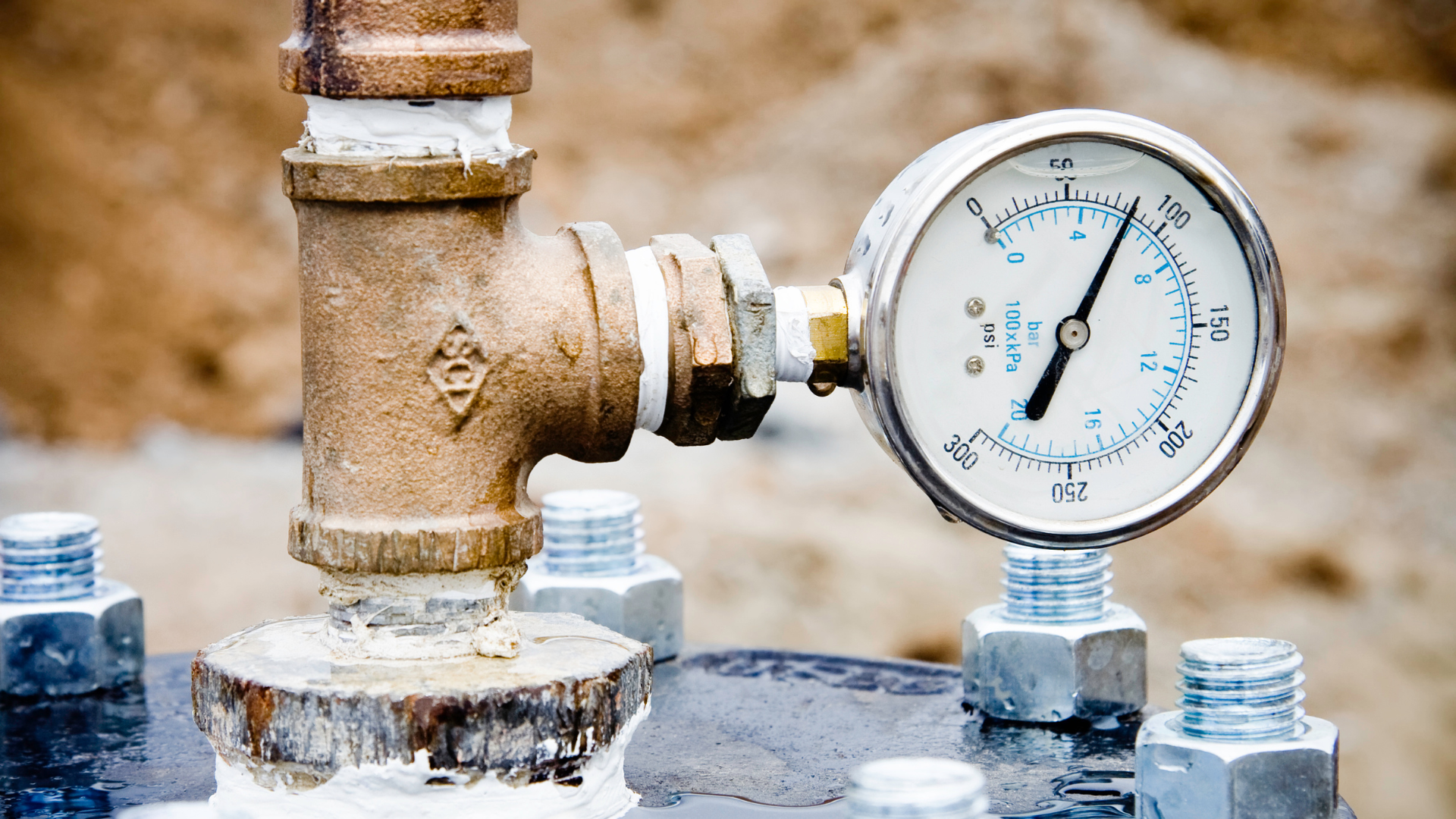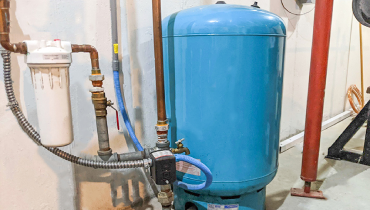Your In-Depth Handbook to Dealing with Low Water Pressure in Your Home
Your In-Depth Handbook to Dealing with Low Water Pressure in Your Home
Blog Article
Presented here below you will find a lot of quality resources in regards to Dealing with Low Water Pressure in Your Home.

Low tide pressure in your home can be a frustrating trouble, impacting every little thing from bathing to washing recipes. If you're experiencing weak water flow, there are numerous possible reasons and services to explore. In this guide, we'll discuss typical factors for low water stress and practical steps to resolve the issue properly.
Introduction to Low Water Stress
Low water pressure takes place when the circulation of water from your faucets, showers, and various other components is weak than usual. This can make daily jobs a lot more tough and much less efficient. Understanding the sources of low water stress is essential to discovering the appropriate remedy.
Typical Causes of Low Water Pressure
Faulty Pressure Regulatory Authorities
Stress regulators are in charge of maintaining regular water stress in your home. If they malfunction, it can result in low water pressure or irregular circulation throughout your home.
Community Water Supply Issues
Sometimes, the problem exists outside your home. Municipal water supply issues, such as main line leakages or maintenance job, can temporarily reduce water pressure in your area.
Pipeline Obstructions
With time, pipelines can come to be clogged with natural resource, debris, or particles, restricting the flow of water. This is an usual problem in older homes with galvanized steel pipes.
Corrosion
Deterioration within pipes can bring about leakages and lowered water stress. Rust accumulation can restrict water flow, especially in maturing plumbing systems.
How to Identify Low Water Stress
Checking Pipes
Evaluate noticeable pipelines for indicators of leaks, corrosion, or clogs. Take notice of any uncommon audios, such as knocking or rattling pipelines, which might suggest problems within the plumbing system.
Consulting with a Plumber
If you're incapable to determine the reason for low water stress, consider working with an expert plumber to carry out a detailed inspection. They can identify underlying problems and suggest suitable options.
Inspecting Faucets and Components
Beginning by examining the water pressure at various taps and components throughout your home. If the problem is separated to particular areas, it may show localized troubles.
DIY Solutions to Repair Low Tide Pressure
Flushing Hot Water Heater
Sediment buildup in the water heater can restrict flow and decrease performance. Flushing the storage tank regularly assists remove debris and preserve optimum performance.
Examining Pressure Regulatory Authority
Ensure that the pressure regulator is working correctly. Adjusting or changing the regulator can assist restore proper water pressure throughout your home.
Cleaning Up Aerators and Showerheads
Natural resources can gather in aerators and showerheads, reducing water flow. Get rid of and cleanse these elements consistently to boost water stress.
Clearing Clogs in Pipes
For minor obstructions, attempt utilizing a plumbing snake or chemical drainpipe cleaner to clear blockages in pipelines. Beware when making use of chemicals and adhere to security standards.
When to Call a Professional Plumber
If DIY initiatives stop working to fix the problem or if you believe considerable plumbing troubles, it's ideal to seek support from a qualified plumber. They have the competence and tools to deal with complex issues securely and efficiently.
Preventive Measures to Keep Water Pressure
Mounting a Pressure Booster
Consider installing a stress booster pump to improve water pressure in areas with consistently reduced circulation. This can be specifically beneficial for multi-story homes or buildings with high-demand fixtures.
Surveillance Water Usage
Be mindful of water use habits and prevent overtaxing the plumbing system. Straightforward modifications, such as staggering showers and laundry tons, can help keep ample water pressure.
Normal Maintenance
Schedule routine upkeep for your plumbing system to avoid issues such as corrosion, leakages, and blockages. Addressing minor troubles early can assist avoid more significant repairs in the future.
Final thought
Managing low tide stress can be irritating, but determining the underlying causes and executing proper remedies can restore ideal flow throughout your home. Whether it's cleansing aerators, evaluating pipelines, or talking to a plumber, taking proactive actions can make sure a constant supply of water for your daily needs.
How to Fix Low Water Pressure In Your Home
Municipal Water Supply Issues
Scheduled maintenance, high demand, and water main breaks are all potential causes for low water pressure within a city or county’s water lines. While there’s not much you can do to personally fix a problem with your city or county’s water supply system, you can play a big role in documenting the issue and alerting those who can.
How to fix it:
Ask your neighbors if they are experiencing any issues with low water pressure. If multiple homes are affected, it’s likely related to the city’s water line. Contact the local Water Authority to see if there is any maintenance taking place that might be affecting your supply. Also let them know of your specific issues. If other homeowners report the same issues, they’ll know that there could be a larger issue to look into. Faulty Fixtures
A damaged or clogged shower head, faucet or appliance is the first thing we’d suggest checking, especially if low water pressure appears to be isolated to a specific area of your home.
How to fix it:
First, turn off the main water supply to your home. Check the affected appliances for build-up or debris. In the case of a faucet, you can simply unscrew the aerator at the tip of the faucet. Showerheads should be fully detached from the water pipe. While the appliances are detached, you may want to check the water supply to determine if the fixtures were in fact the issue. To clean, soak the showerhead or aerator in vinegar and brush off any visible debris. Reattach the fixtures and check the water pressure again. If it is still low, there is likely a deeper issue at hand, which can be determined by a professional plumber. Pipe Obstructions
Mineral deposits, rust or other debris within water pipes can lead to blockages or corrosion over time.
How to fix it:
When you think of a clog, you probably think of a drain clog. While there are many DIY solutions to clearing a drain, clogs in a water pipe will almost always require the help of a professional plumber. A plumber will be able to locate the affected pipe and clean out any debris or mineral deposit buildup. In severe cases, the pipe may need to be replaced. Your plumber might also recommend a water softening system to remove the minerals from your home’s water supply that can contribute to pipe blockages over time.
Plumbing Leak
Undetected water line leaks can divert water away from your residential pipes, reducing the water pressure in your fixtures.
How to fix it:
Check your water meter by turning off all water sources and monitoring the meter for any movement, which could be a clear indicator of a potential leak. Check all visible pipes for signs of leaking, including water stains, active dripping or damp spots around the pipe. Inspect fixtures, including faucets and showerheads, for any drips. Test the pressure but recording the pressure with the main water valve shut off. Leave off for a few hours and test again. A significant drop in pressure is a clear sign of a leak. https://kiddcoplumbing.com/plumbing-blog/how-to-fix-low-water-pressure/

I was guided to that article about 10 Reasons for Low Water Pressure in Your House through a pal on a different web blog. Kindly take the opportunity to promote this write-up if you enjoyed reading it. Thanks a lot for taking the time to read it.
Book A Service Call Report this page